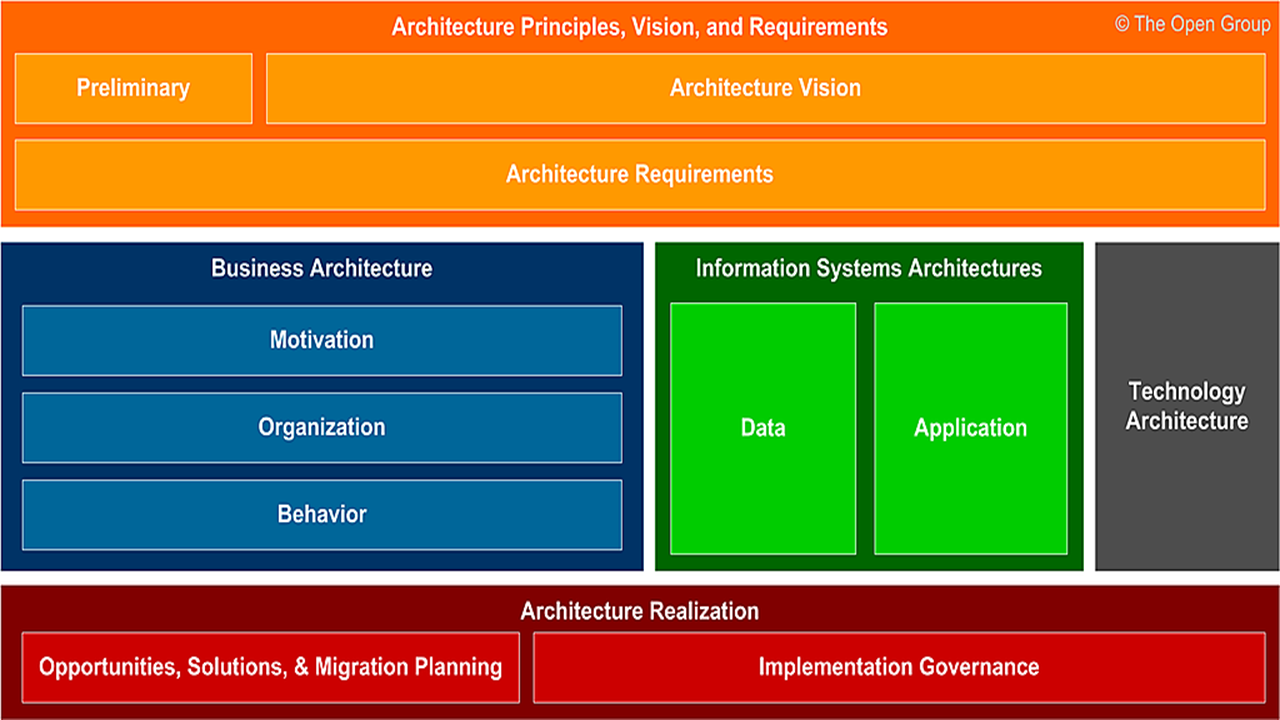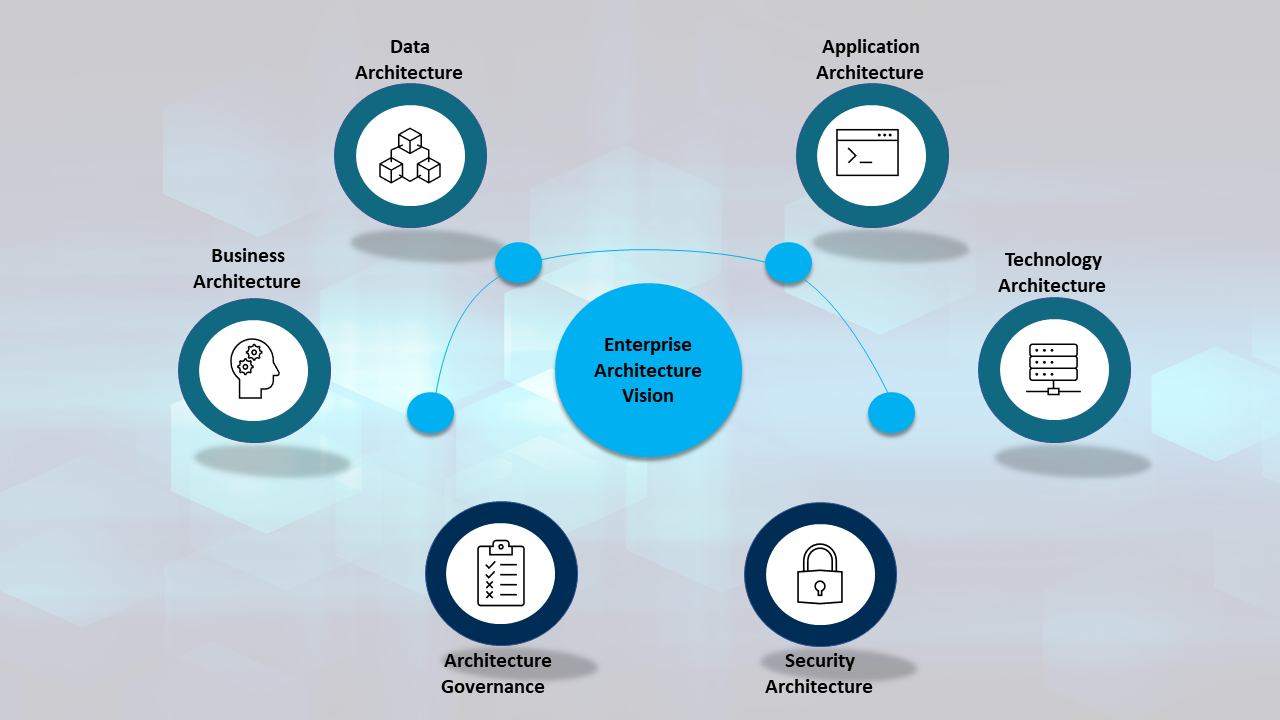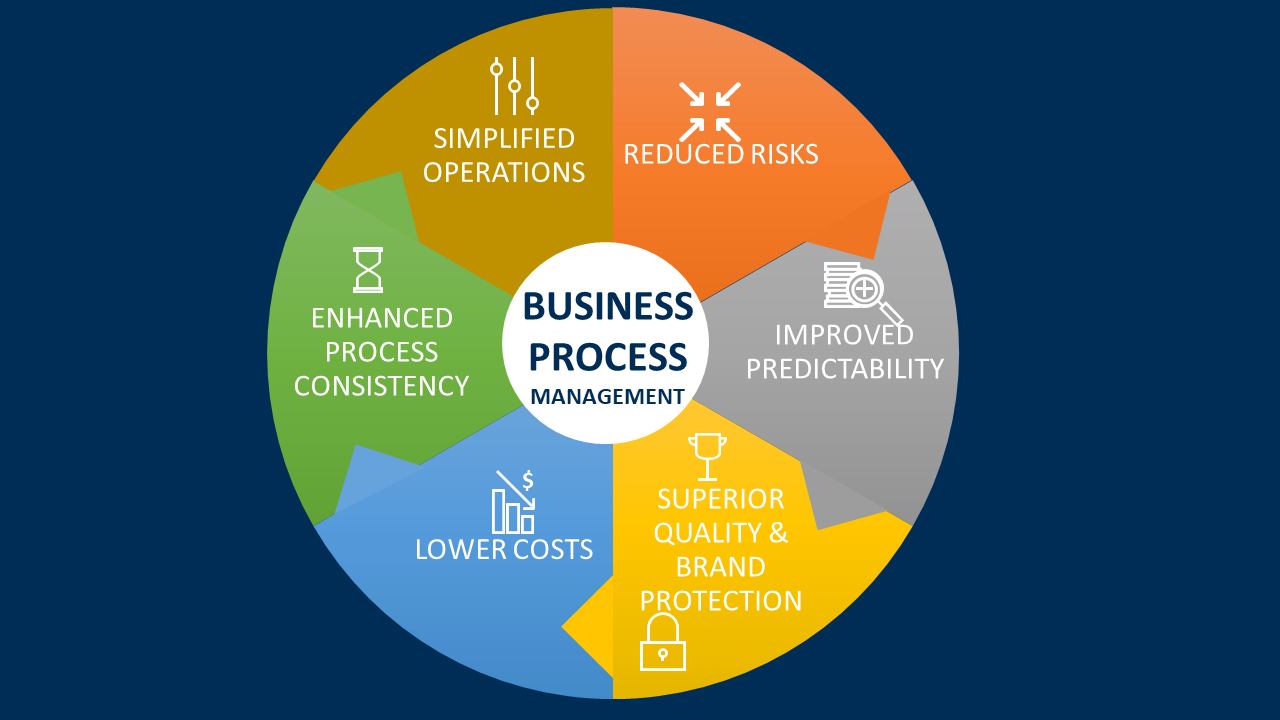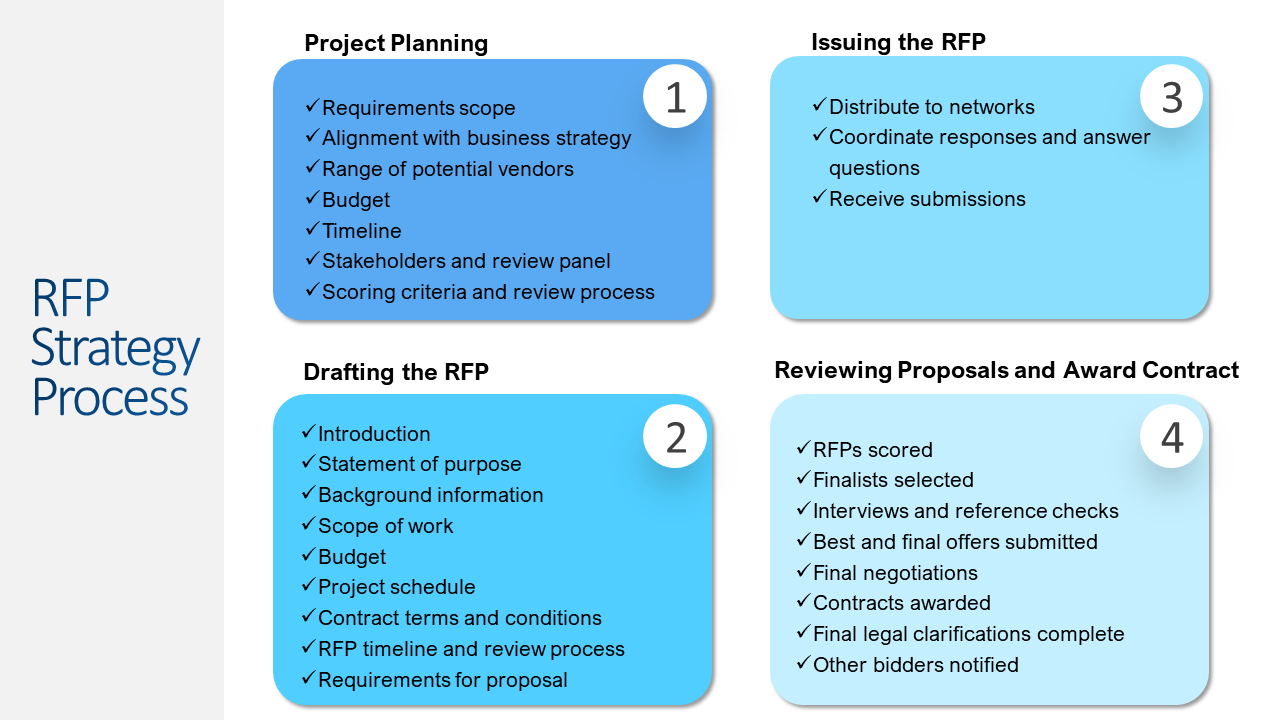Enterprise Architecture Services
Manage your Enterprise Architecture with the help of Interfacing's EA and BPM Professionals. Get advice from our consultants now!What is Enterprise Architecture?
Gartner® defines Enterprise Architecture (EA) as:
“… a discipline for proactively and holistically leading enterprise responses to disruptive forces by identifying and analyzing the execution of change toward desired business vision and outcomes.”
EA as a discipline ensures business vision, strategies, plans and processes are aligned and optimized to investments in information technology, plant and people.
While the scope of EA is broader scope than Business Architecture (BA), EA uses BA as the foundation or anchor on which the rest is constructed. The Open Group, publishers of the most well known and widely used EA Framework, The Open Group Architecture Framework (TOGAF), provide a content framework aligned to their Architecture Development Method (ADM) that illustrates the typical domain layers and indicative content of each layer.
EA provides the basis for driving many business initiatives, such as business transformation and innovation. EA also allow organizations to manage and adapt to any changes or disruptions caused by the market or external environment. This is because the EA will provide a better understanding of the organization and its operations along with its business capabilities. It focuses on operation level concerns while BA emphasizes on the strategic level of business. EA oversees investments, governance and assurance while facilitating organizational change.
Even basic events can trigger a need to refresh areas within the EA, having an EA allows your organization to quickly assess and adapt to any future disruption(s). The unexpected nature of change, best illustrated to unexpected economic and business disruptions caused by COVID-19, demonstrate the importance and necessity of having an EA in place for organizations to manage the complexity and unexpected nature of impacts and disruptions on the business and market environment.
Benefits
Strategic Alignment
Provides holistic overview of your application and technology roadmap through a strategic lens.
Managing Complexity
Helps businesses identify, analyze and articulate opportunities, challenges and risks.
Capability and Process Improvement
EA highlights the need for improving capabilities and processes. Lean redesign of chains of activities, complex services and products require global and detailed insights. As processes improve fewer mistakes are made, leading to more efficient and effective resource. Customers and clients will immediately experience the improvement.
Enabling Innovation
EA increases the ability to change and transform, which in turn facilitates the implementation of new technologies and concepts like artificial intelligence, block chain and IoT in order to innovate your business model.
Optimize Costs and ROI
Provides understanding of where and when investment is needed.
Create Insights and Overviews of Relationships
EA creates insights together with overviews of relationships and inter-dependencies, which in turn reduces miscommunication and misunderstandings. This provides more confidence in decision making.
Standardization and Flexibility
EA fosters higher level of IT standardization and empowers decision-makers to define sound business and operation models. This marks the transition away from silo-based thinking and systems.
Impact Analysis of Change
EA supports assessing the impacts of change and through visualizing the knowledge gained, support informed decision making.
Methodology
Enterprise Architecture provides a holistic view of the entire business ecosystem in which the organization operates. The EA is a set of blueprints showing domains or layers representing:
- The Business Architecture (BA) covering:
- The organisation’s business motivation, in terms of its vision, goals, objectives and how they are to b delivered in terms of mission, strategies and tactics;
- Organization structure, in terms of both the internal organization structure, roles and locations of operations, as well as the partners, suppliers and customers with which it interacts; and
- Organization Behaviors, in terms of the business products and services and the business capabilities and processes (with embedded controls) required to deliver them.
- The Information Architecture (IA) covering:
- The information required by the organisation to operate and support its business and meet any regulatory compliance obligations; together with
- The mapping of the information to Applications that use it.
- The Application Architecture (AA) covering:
- The application portfolio required to support the organisation in terms of delivering its business products and services;
- How the individual application within the portfolio interacts with the employees and customers in delivering the business products and services;
- The relationships between how the individual applications within the portfolio utilise the information contained within the Information Architecture; and finally
- The relationships between the applications within the portfolio to the required technology components required to support them.
- The Technology Architecture (TA) covering:
- The various technology components comprising of the platforms, services and hardware assets required to support the organization’s application portfolio, including desktop services, database services, integration services, system services, operating systems and hardware and any physical locations maintained together with required support services such as power and air-conditioning; together with
- The relationships between the technology components and the applications showing what applications are supported by each of the technology components.
The EA documents not only today’s view ( or current state) of the organisation and each domain, but it also shows the expected future view (or target state) of the organisation and each domain based on planned enterprise strategies, capabilities, and initiatives. The EA also provides guiding principles to help shape business and technology investments and plans required to deliver the planned future business behavior.

In simple terms, the organization’s strategy drives changes to the EA, which in turn translates strategy into execution.
This is a continuous cycle resulting in continuous improvements to both the EA and the organization. The BA provides the foundation to assure consistent application design across all delivery projects, enabling quick and smooth decision making when necessary. It binds together different sectors, viewpoints, underlying principles, and systems, resulting in a repository of information that will improve decision making regarding business and technological changes. This practice aims to help organizations understand the structure and the way they work.
Environmental Trends
Changes and trends to the environment are important to highlight how business domains are constantly under change and the dynamics of which affect enterprise states. Business strategy should include tactics that deal with changing environmental trends.
Target State Architecture
It is important to translate the business strategy into a set of guidelines for organizational change. This is one of the key aspect of Enterprise Architecture, which defines the needs of the enterprise and the business improvement targets. It includes development and maintaining key EA assets, such as:
- Requirements defining the contents and use of the EA
- EA Principles supporting decision making and guiding design
- Models documenting the Business, Information, Application and Technology Architectures.
Organize Architecture Effort
Provides the overall scope of the program to develop and maintain the Enterprise Architecture.
Current State Architectures
The Current State Architectures document a view of the organisation and its business and technology eco-systems as it is today. This provides the baseline to contrast to the state defined by the business strategies. In essence, the current-state architectures represent where the organisation is today and how it got here, where as the Target State represents the desired end state of the organisation after all strategies have been delivered.
Governing and Managing
Managing is the discipline that creates and maintains Enterprise Architecture artifacts, while Governing ensures that the creation and maintenance of the Enterprise Architecture artifacts is undertaken in line with the methodologies, principles and standards defined and agreed by the organization. The methodologies, principles and standards will also be periodically reviewed to ensure that the Governance processes are delivering the desirable behaviors.
Transition Planning
Transition Planning identifies the differences between where the organisation is today and where it wants to be, based on the business strategies. Transition Planning is undertaken by:
- Identifying the gaps between the current state and target -state architectures; and
- Defining the action items needed to address these gaps, in line with defined business strategies.
Deliverables
The actual deliverables will vary depending on the scope of EA engagement agreed between you and Interfacing. However, typical deliverables include:
- Enterprise Architecture Requirements, Principles and Standards
- Business Motivation Models
- Business Capability Models
- Organization Structure ModelsBusiness Capability Roadmaps
- Application Roadmaps
- Technology Roadmaps
Why Interfacing?
The aim of Enterprise Architecture is to present the organization in terms of its business entities, properties and relationships between the external environment and themselves. Professionals at Interfacing can help you and your organization implement the right Enterprise Architecture for your industry and business.
Contact us more for information.
Business Process Management Services
Interfacing experts are on hand to assist with analizing, defining and modeling to prioritize opportunities and issues that provide complete reporting and support for a strong BPM strategy and roadmap.
Business Architecture Services
Interfacing can help your organization design and implement the right Business Architecture strategy and design for your organization’s architecture practice.
RFP Strategy Development
Interfacing Consultants have extensive experience with:
- Conducting RFPs and responding to RFPs.
- Identifying and defining the scope of key projects,
- Identifying business requirements and selection criteria
Read Our Blogs
Take a moment to read blogs about GXP, Regulatory Compliance, today’s trends, and much much more!
Discover how we helped other companies succeed
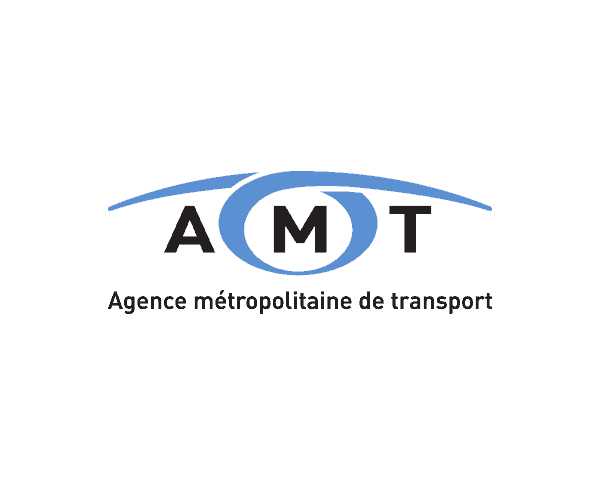

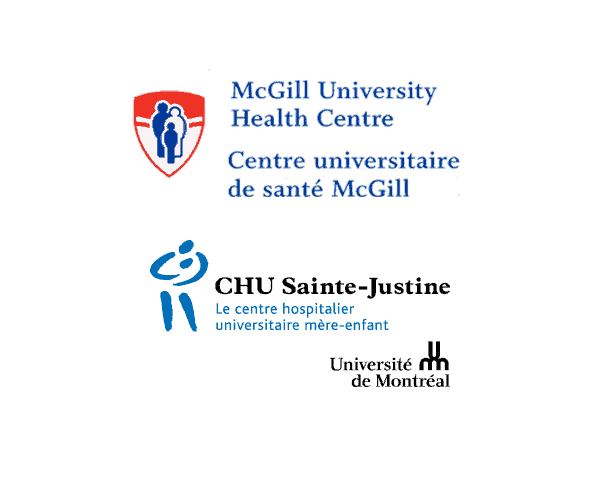




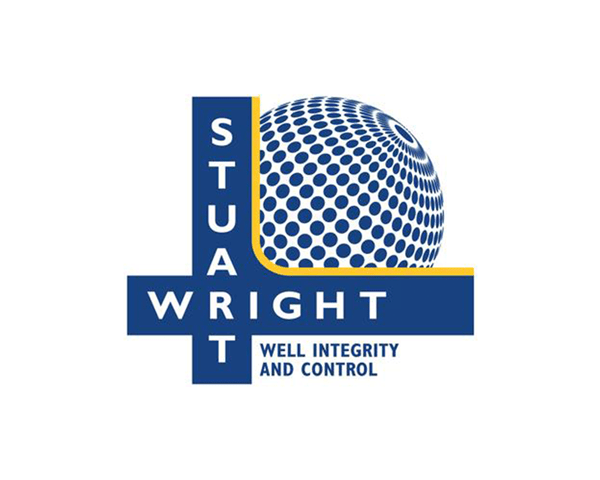


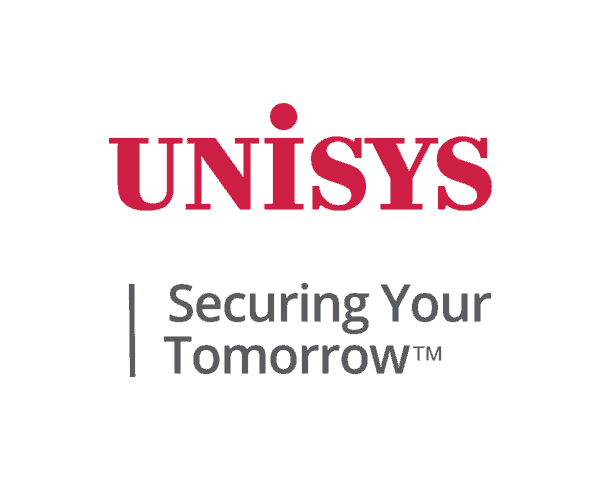


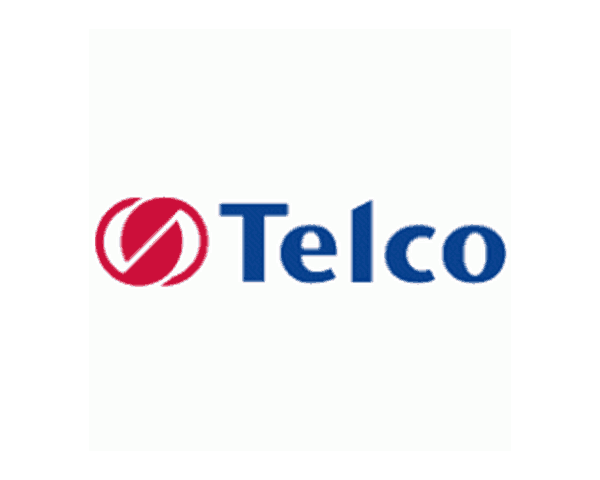
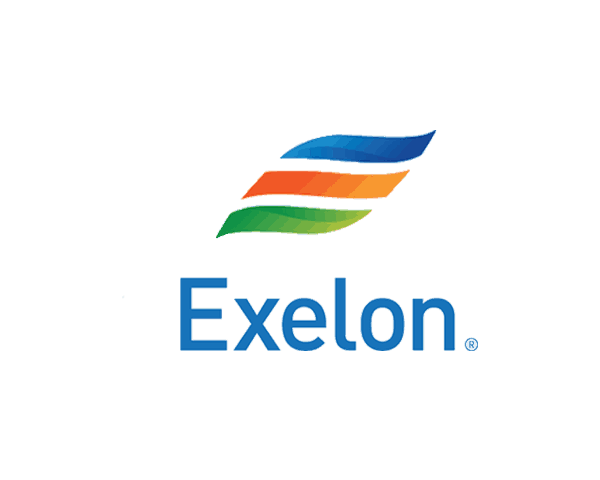
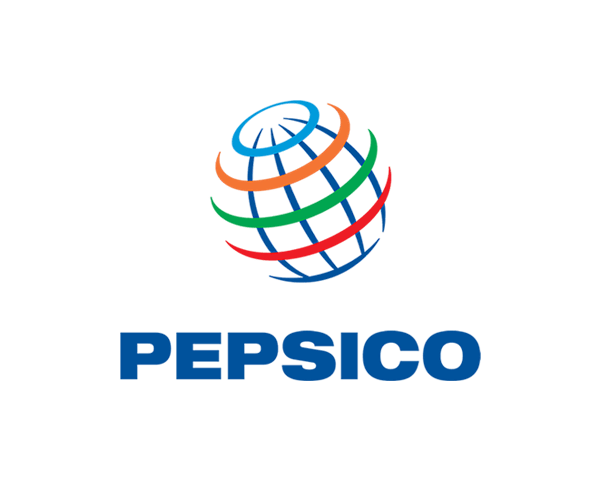
Contact us Today for a Free Consultation!
If you are interested in our Enterprise Architecture services, please contact us today for a free consultation. We will assess your current situation, identify your needs and goals, and propose a customized solution for you. We look forward to hearing from you and helping you with your Enterprise Architecture project.
